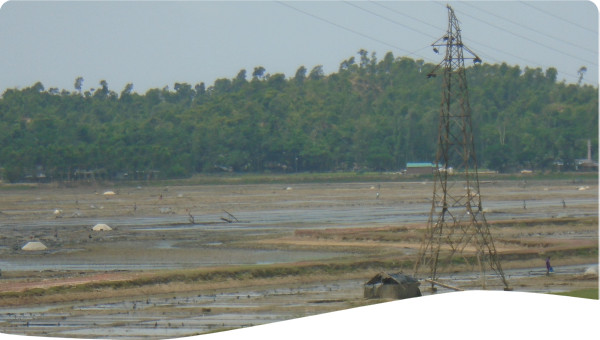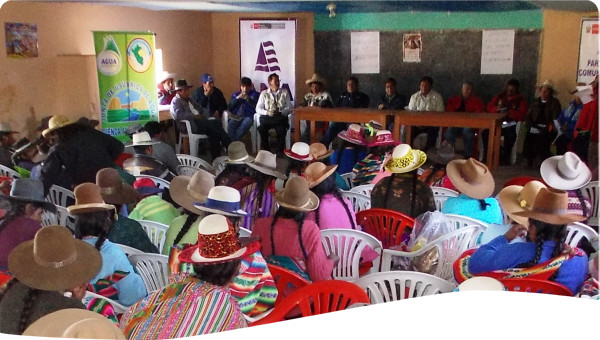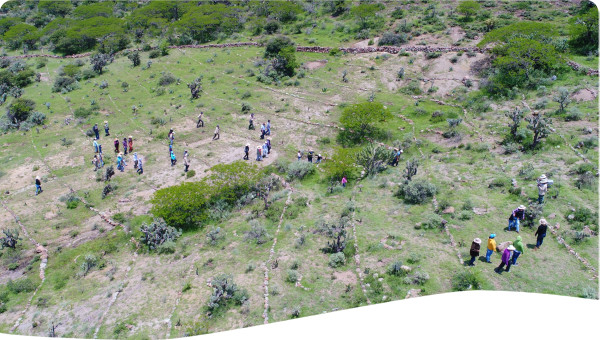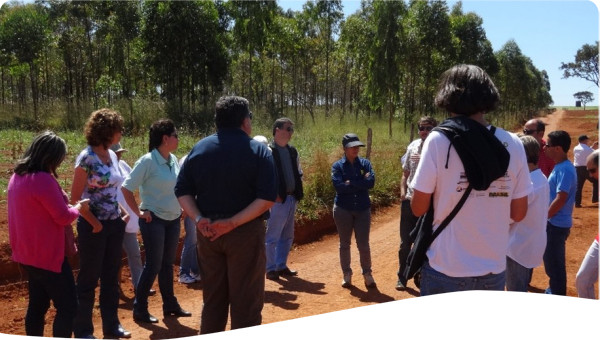The area of Zarati river sub basin belongs to important water recharge zones. There is, however, a need to restore the area, which has been susceptible to degradation. Action has been taken in a bottom-up manner, applying Participatory Rural Assessment. Important lessons can be drawn from this in terms of IWRM, as it sets a clear example of active participation of the communities and the local authorities.
The Rio Zaratí sub-basin is part of the Rio Grande basin, Basin 154, which has a drainage area of 138.3 Km2 and a maximum elevation of 1,173 meters over sea level; it is located on the Pacific drainage system, in the Coclé province, within the Penonomé district. The waters of Rio Zaratí have ample importance in local and national agricultural production since they supply irrigation waters for the production of many horticultural products, basic grains and local cattle production. Waters south of the sub-basin are located in an agricultural region, which includes “LLanos de Coclé”, which is made up of extensive plains dedicated to rice production, cattle ranching and sugarcane cultivation. The sub-basin is experiencing a gradual degradation process in its soils and environmental quality, generated by intervening areas which generate accelerated erosion and carry sediment towards water course, thus contaminating them. The area of Zarati river sub basin belongs to important water recharge zones that are important for drinking water supply services and rural aqueducts.
Due to the interest expressed by communities on water topics and the need to guarantee water for the city of Penonomé and irrigation systems for agricultural and cattle-related activities using sub-basin waters, the implementation of the Project for the Restoration and Integrated Management of the Zaratì Sub-basin has been launched under the leadership of the National Environmental Authority, the communities, the local government, educational centers and business sectors in the region.
Some of activities that are being implemented are environmental investment and businesses, as well as environmentally friendly practices in different productive activities.
One of the initial actions taken was legal protection in the recharge zones for these water sources, which supply water to communities in the high area of the Zaratí sub-basin. With the municipality’s support, local NGOs and the Autoridad Nacional del Ambiente (ANAM) helped create two Water Reserves: the Cerro Turega Water Reserve, with 602 hectares and the Cerro Cucuazal Water Reserve with 294 ha.
Bottom-up methodologies with a participative approach have been applied. These include Participatory Rural Assessment (PRA) that allows for community empowerment in the process of project execution. The key players have identified the problems, generated possible solutions and action plans. After the creation of the water reserves and the inauguration of the new potable water plant for the city of Penonomé, the relationship and activities among the local forces intensified around the topic of the Zaratí basin's conservation. The action plans were established to preserve and restore the river basin.
The project also included campaigns where concrete actions were implemented as a mean to get the support and attract interest in communities. They aimed to demonstrate that aside from preserving and recovering water resources, it is possible to generate income to improve the population welfare. The implemented practices, such as installation of anaerobic digesters, manifested to pollution reduction.
The case study deals with the active participation of the communities and the local authorities. The program shows a successful implementation of tools of IWRM, namely those regarding empowerment in civil society.
- 60,000 hectares have been reforested with native species and fruit trees along water sources, individually owned farms and in gallery forests.
- The inhabitants from the high, middle and low regions of the sub-basin have been trained in agroforestry practices, nursery management, the elaboration of organic fertilizer, marketing and development of projects, gender and environment, the development of flour products, production of bamboo in nurseries and the construction of bamboo furniture.
- The establishment of the Zaratí environmental cooperative for multiple services in which members of the Project from 4 communities participate (Sofre, Caimito, Oajaca, Guabal).
- A biodigestor has been installed in the Caimito School which will help save electricity and gas while at the same time serving as a learning tool for the local communities and other national and local organizations.
Through strengthening of the existing social organizations, as well as attitude changes towards the subject of local environment, it has been possible to implement ecosystem recovery processes through the restoration of degraded areas.
It is necessary to establish institutional collaboration mechanisms with communities that have a priority to develop IWRM-related activities.
The implementation of IWRM activities is facilitated by the participatory development of a basin management plan.
Community participation in the development of work plans and diagnostics prior to the execution of the Project has been key to achieving results.
 Case studies
Case studies



